Being a musician is a journey that can be stressful, for instance making sure that the music is prepared, and that the musicianship is at a high level at all times. The topic that musicians silently stress about is the weather and its effects on their instrument. This is something that is quite common with string instruments. We hope to provide you some insight on what effects mother nature can have on your instrument and how to maneuver through the elements while ensuring that your instrument is safe.
As you may already be aware, extreme weather can affect how the wood responds. All instruments, whether strings, woodwind, brass, or percussion, are sensitive to the weather. Intonation will be affected, especially when playing in an outdoor situation. In general, cold weather tends to be harder on instruments than warm weather. Because these instruments are usually made from wood; low humidity, rain or cold temperatures can cause the wood fibers to contract or shrink. This can result in cracks as well as open seams. Damage to the body of the instrument means that your sound will not be as full or resonant and can also contribute to a very costly repair bill.

Temperature Extremes
A large contributing factor to cold weather damage can also come in the form of an uninformed musician and the lack of knowledge on how to approach using their instrument in the cold weather. In most cases we show up, take the instrument out, tune, and sometimes that can take up our attention and distract from making an assessment on the climate of a room, concert hall or outdoor venue. The same can be said in extreme heat conditions. For violins, cellos, or any other stringed instrument played with a bow, high temperatures affect the amount of friction between the bow and the string. This can make it more difficult to play and result in squeaks or other harsh tones.
Humidity Extremes
In many parts of the world, hot weather is accompanied by higher levels of humidity. High humidity has been shown to be one of the main factors in how weather impacts your sound in warmer climates. For example, higher temperatures and increased humidity causes the mechanical components of a piano to swell. This increases the time it takes for the piano’s hammer to strike its string by 10 milliseconds. That might not sound like a long delay, but it is enough to cause the player’s sound to change. For the cello, it is common for a cellist to have two bridges cut for their instrument. One for the winter and one for the summer to compensate for changes during these climates.'

Our team here at Fiddlershop have contributed some great ways to protect your instrument from extreme weather. Here are our tips to prolong the life of your instrument:
- Know the humidity levels of your home or office. Since your instrument will likely spend most of its time there, it is good to know the levels. Wood instruments are best kept in humidity levels around 50%. It is a good idea to invest in a hygrometer or any instrument used to measure humidity levels. If you are getting readings that continually report inadequate humidity levels in either direction, consider buying a humidifier or dehumidifier (depending on readings) to compensate. The best thing for both your instrument and for you is having a humidity level between 40% and 60%. If you choose not to invest in a hygrometer/humidifier, the humidity level that is in your home or office will be the same as what is inside your case.
- Do not leave your instrument in a vehicle for a long period of time. It is a safe bet that there will be disagreements to this point, but the facts are that a car often will fluctuate in temperature and humidity levels, especially in climates where days are hot, and nights are cold. These temperature fluctuations can cause long term and permanent damage that in most cases are irreversible. The cool thing about most instrument cases on the market these days is that most come with shoulder straps or backpack straps. Do your instrument the favor and take it inside with you.
-
Always have an extra string set with you! Unlike brass or some woodwind instruments, climate changes will always impact wood instruments. The strings and pegs tend to take the brunt of the changes and in many cases end up needing to be replaced. If you are a regular performer or getting into playing on a regular basis, within a community orchestra or playing with friends, it is always a good idea to have an extra string set. Keep a couple just to be safe. One can never be certain of what kind of effects the climate can have on the instrument or how severe they can be, the expanding and shrinking of the wood will take its toll on the strings.
Most players will keep their old strings when swapping to a new set in the event of an emergency string change. - Avoid drastic climate or temperature changes if possible! Wood is a living thing and needs time to acclimate to its environment. Something that is very typical, especially here in South Florida, is getting out of your car and walking in the nice warm sun towards the entry door at the Broward Center for rehearsal. When you open the back door to get in, you get blasted with the artic freeze of the AC. It is a safe bet that your instrument would take on the onslaught of that in ways that can be debilitating over time. Well, that leads to the next tip:
- If you have a rehearsal or performance, arrive early enough to let the instrument acclimate to the environment, especially if it is a drastic change. This happens to us all and may be a good practice for us to get a chance to gather our thoughts and mentally prepare, aside from the good it would do your instrument. It is best to let the instrument acclimate to the change in 3 steps. First, letting it acclimate in the case in the new environment. 15-30 minutes would be a good time frame. Second, letting it acclimate in an open case for a couple of minutes. Final step would be with the instrument in your hands. It may seem like an inconvenience, but in the long run it would help ensure the longevity of your instrument.
- Keep your instrument away from vents or heating and cooling apparatus. The instrument will be at its best in a stable climate environment. Unlike a person or pet, it will not need to need a temperature adjust if it gets a little cool or warm. It would be best to store it in a place where the temperature is moderate. Keep the instrument away from heating or cooling sources.
- If you receive an instrument order from Fiddlershop or any vendor and it is left out in the cold or snow in the box: Leave the instrument in the box for 48 hours indoors! Let the box acclimate to the climate inside the house prior to opening the box and taking the instrument out. If the instrument is insulated in the box it should be ok in most cases, but letting the temperature of the instrument adjust at its own pace will ensure limiting any damage (if any).
Here are some more helpful tips for extreme weather conditions
- Humidifiers and dehumidifiers that can be carried in the instrument case. There are many different offerings that would be useful such as the Dampit humidifier, Stretto, Planet Wave, Boveda and the Humistat Humidifier. Silica gel packets are a great inexpensive option of dehumidifier, you can use silica gel packs.
- Cover your instrument in a silk bag or blanketed. A silk bag or blanket (which comes with almost every case) will slow down the transfer of humidity in and out of the instrument.
- Use lubrication when necessary. This would apply to slipping pegs, which tend to be in some cases the first thing to show effects from the change in humidity. Graphite, or pencil lead can be applied to your pegs if they’re too sticky.
- Keep your instrument dry. If you are ever in an outdoor playing situation and it begins to rain, do not let the moisture linger too long on the instrument. Dry it as soon as possible with a cloth.
- Make sure to check the bridge of your instrument daily. This is especially important in extreme climate changes as the bridge can start to bend due to shrinking or expanding. Sometimes we forget to keep track of the health of the bridge. Sudden snapping or buckling of the bridge can in some cases be catastrophic to the instrument. The bridge itself may also be compromised if it falls.
- Light Rosin vs Dark Rosin. There is an ongoing debate on whether there is a benefit of having one or the other depending on the climate. For a warmer climate, the lighter rosin works best. Darker rosins, since they are a little softer, work best for cooler and dryer climates.
It is our sincere hope that this Extreme Weather Guide provides you with some information and useful tips to ensure that your instrument has a long lifespan for your enjoyment! Let us know what you think!


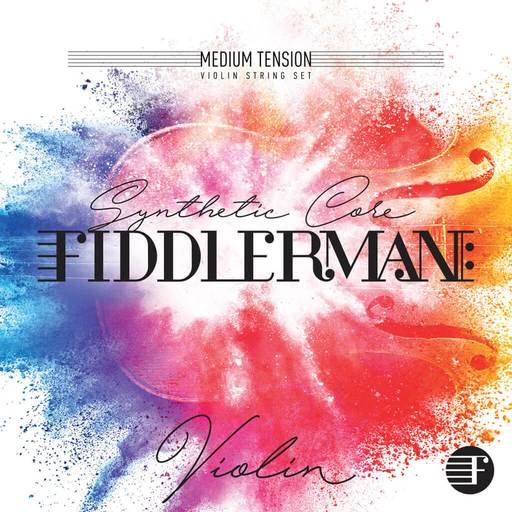
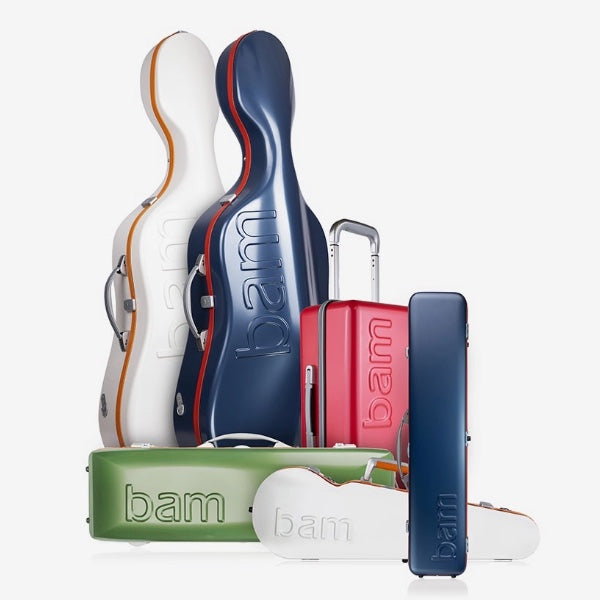
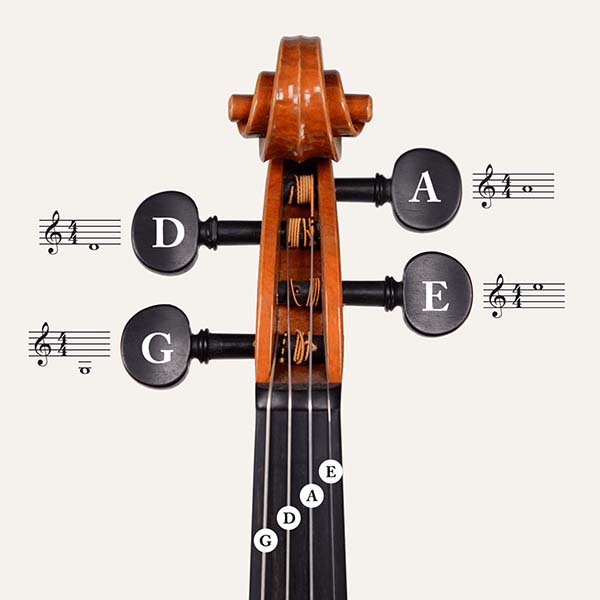



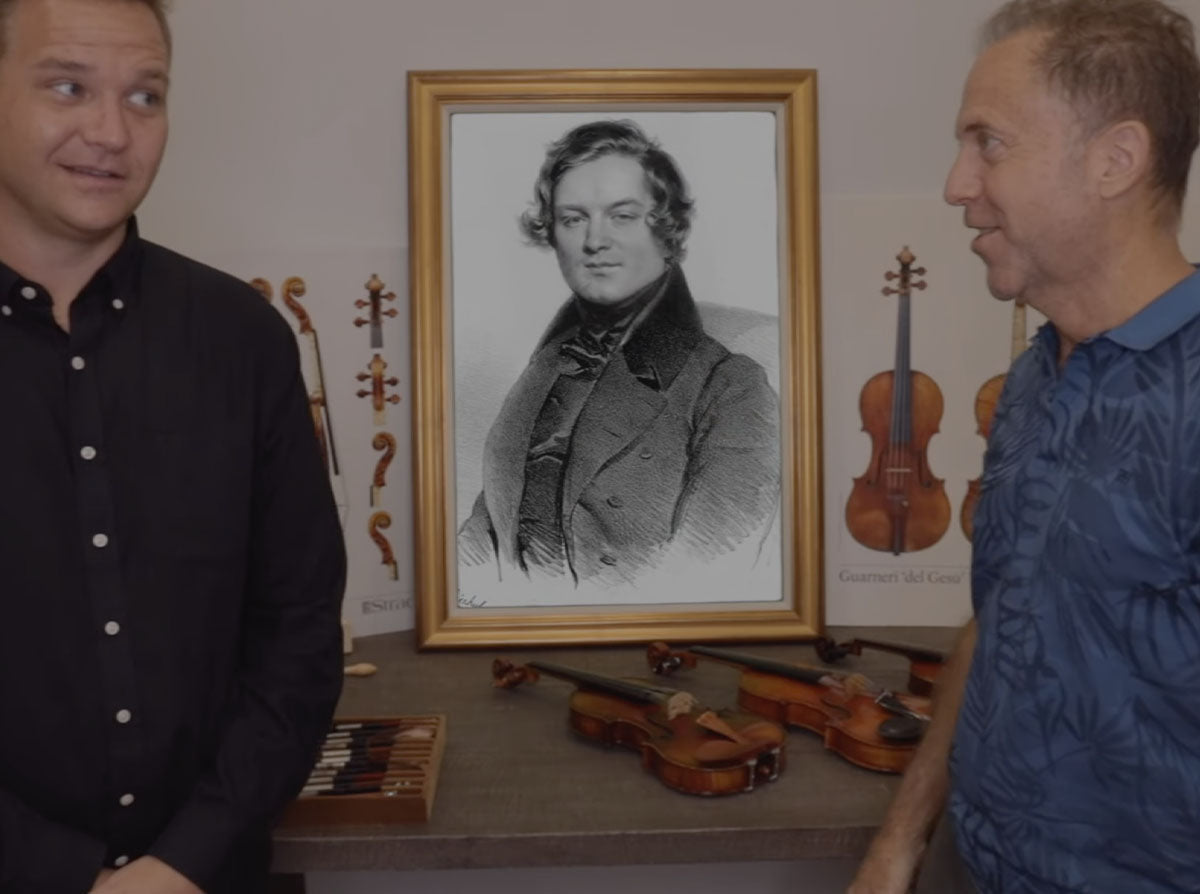
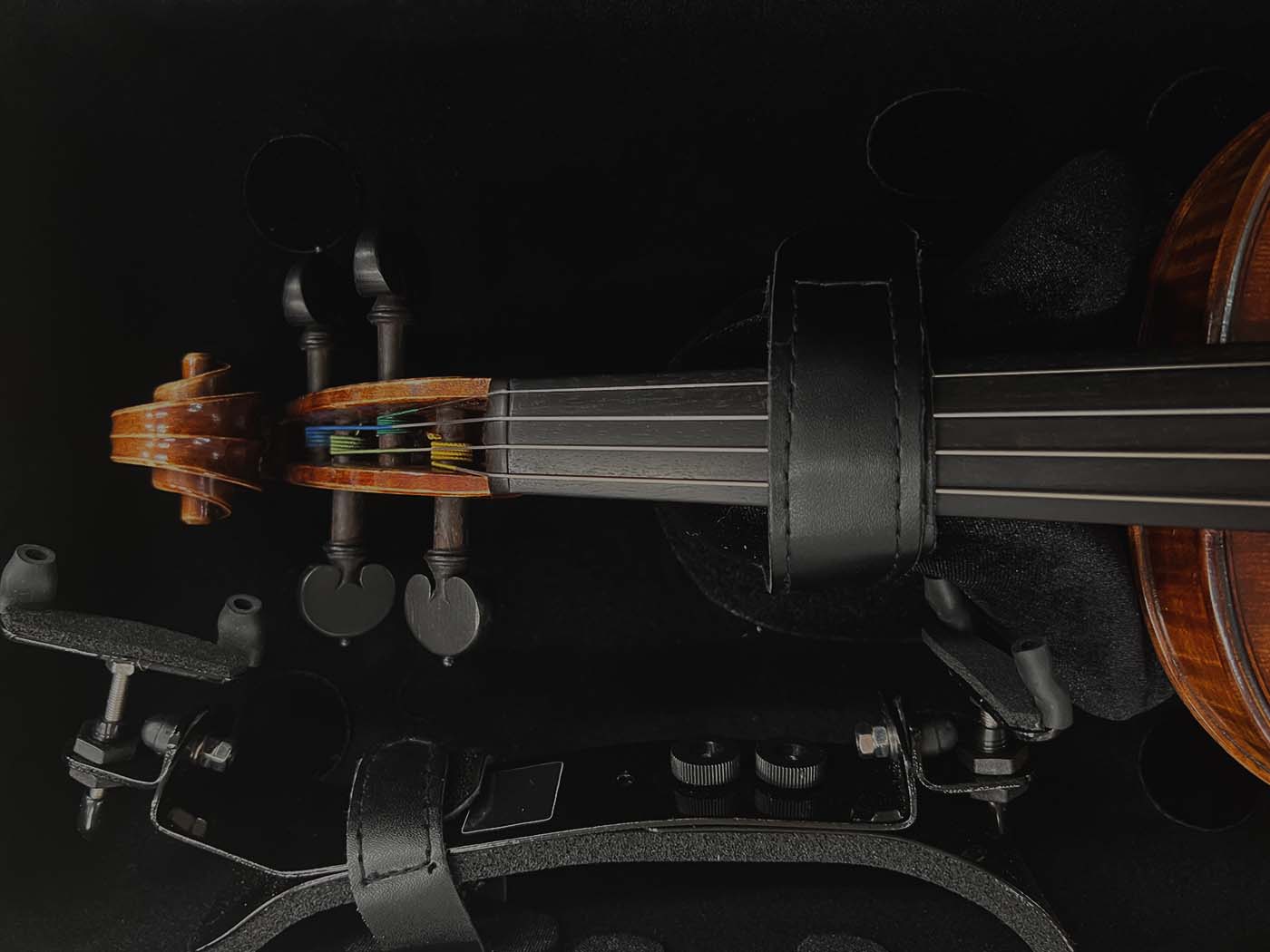
7 comments
Fiddlershop
Hi Don!
Yes, performing outdoors in Florida has its challenges, that’s for sure!
Two things come to mind. Are you using a dark rosin? That might make the hair grip better.
The Fiddlerman Select Dark Rosin for Violin, is one product that you might want to try otherwise.
Another issue might be that the bow hair is dirty. When did you have a rehair last? That could solve the problem.
Good luck!
Hi Don!
Yes, performing outdoors in Florida has its challenges, that’s for sure!
Two things come to mind. Are you using a dark rosin? That might make the hair grip better.
The Fiddlerman Select Dark Rosin for Violin, is one product that you might want to try otherwise.
Another issue might be that the bow hair is dirty. When did you have a rehair last? That could solve the problem.
Good luck!
Don Sadler
I am a fidder in the southeast, mainly Florida. Sometimes, at an outdoor gig, the humidity makes my bow slide all over the strings. It’s sometimes hard to get a sound without bearing down and even then some notes don’t come out at all. It’s almost like there’s no rosin on the strings at all. Adding more rosin doesn’t seem to help much. Do others have this problem. Does anyone have a solution. Thank you so much. Don
I am a fidder in the southeast, mainly Florida. Sometimes, at an outdoor gig, the humidity makes my bow slide all over the strings. It’s sometimes hard to get a sound without bearing down and even then some notes don’t come out at all. It’s almost like there’s no rosin on the strings at all. Adding more rosin doesn’t seem to help much. Do others have this problem. Does anyone have a solution. Thank you so much. Don
Fiddlershop
Hi Ronny!
There isn’t much you need to worry about, honestly. As long as the violin is in the cabin with you, it should be fine. Keep the tension on the strings, too.
Expect the violin to go out of tune while flying.
Hi Ronny!
There isn’t much you need to worry about, honestly. As long as the violin is in the cabin with you, it should be fine. Keep the tension on the strings, too.
Expect the violin to go out of tune while flying.
Fiddlershop
Thanks for your kind words, Annette! We really appreciate you as a huge part of our Fiddlershop family. Hugs to you from all of us ❤️
Thanks for your kind words, Annette! We really appreciate you as a huge part of our Fiddlershop family. Hugs to you from all of us ❤️
Annette Nelson
Thanks for the great and valuable information regarding the care of string instruments. Being a rookie at a late stage in life, I appreciate this information very much so I can take good care for my violins.
Thanks for the great and valuable information regarding the care of string instruments. Being a rookie at a late stage in life, I appreciate this information very much so I can take good care for my violins.
Ted The Fiddler
Yep.
Yep.
Ronny
Hi,
I bought my daughter a symphony violin in May this year. We’re flying to Florida in July and I was wondering if there’s anything that needs to be done for the violin to make sure it survives the flight. The violin will travel as a carry on with us in the cabin.
Thanks.
Hi,
I bought my daughter a symphony violin in May this year. We’re flying to Florida in July and I was wondering if there’s anything that needs to be done for the violin to make sure it survives the flight. The violin will travel as a carry on with us in the cabin.
Thanks.